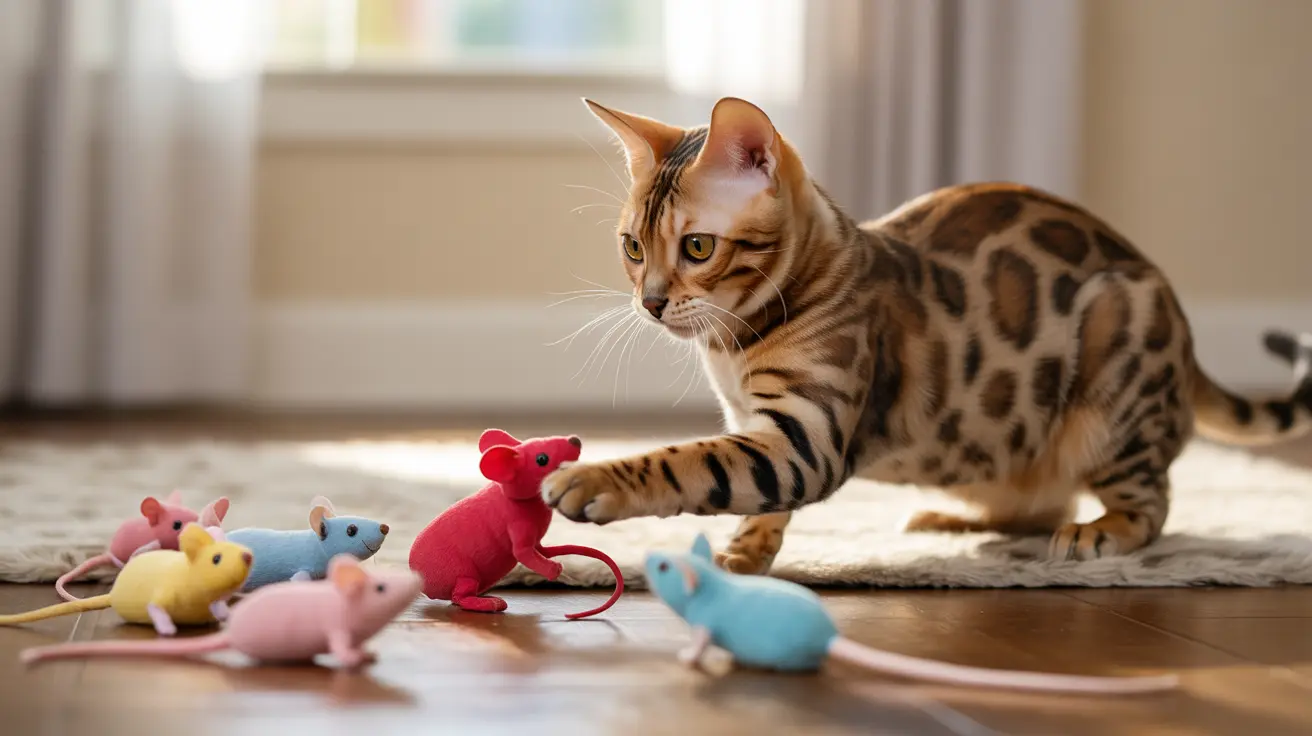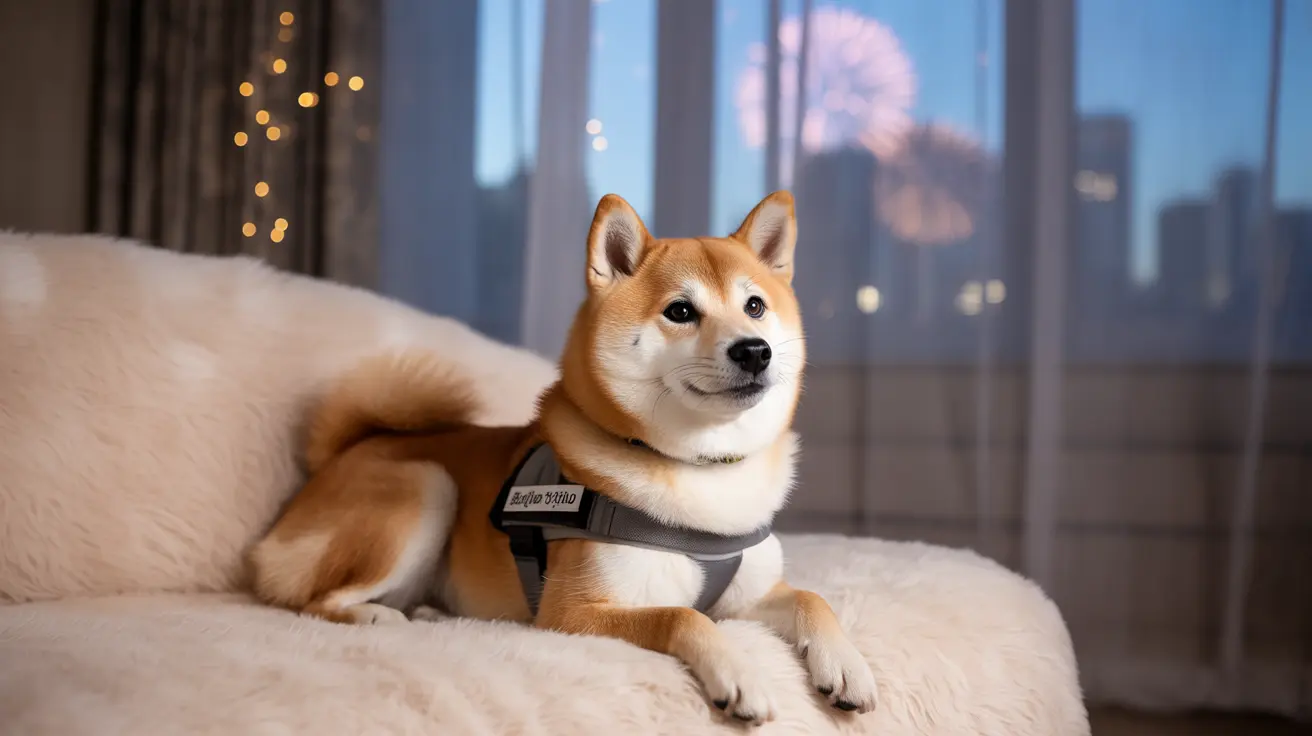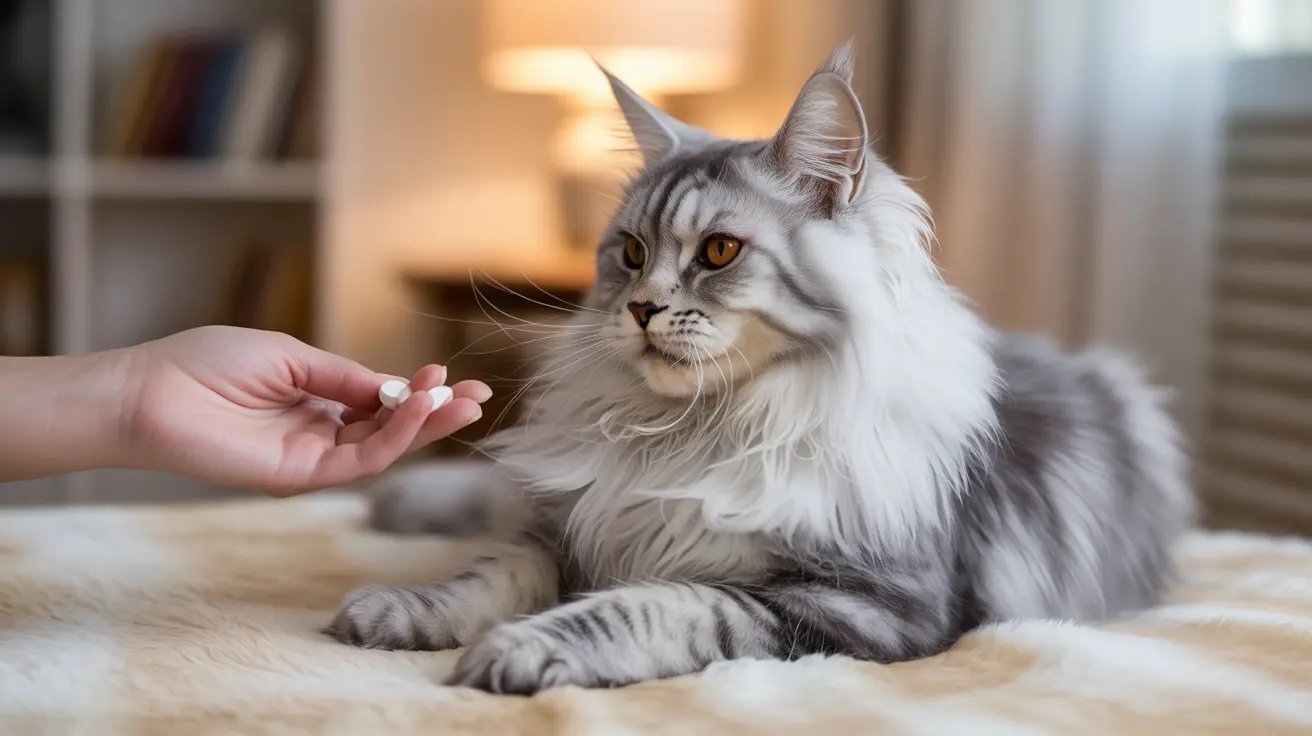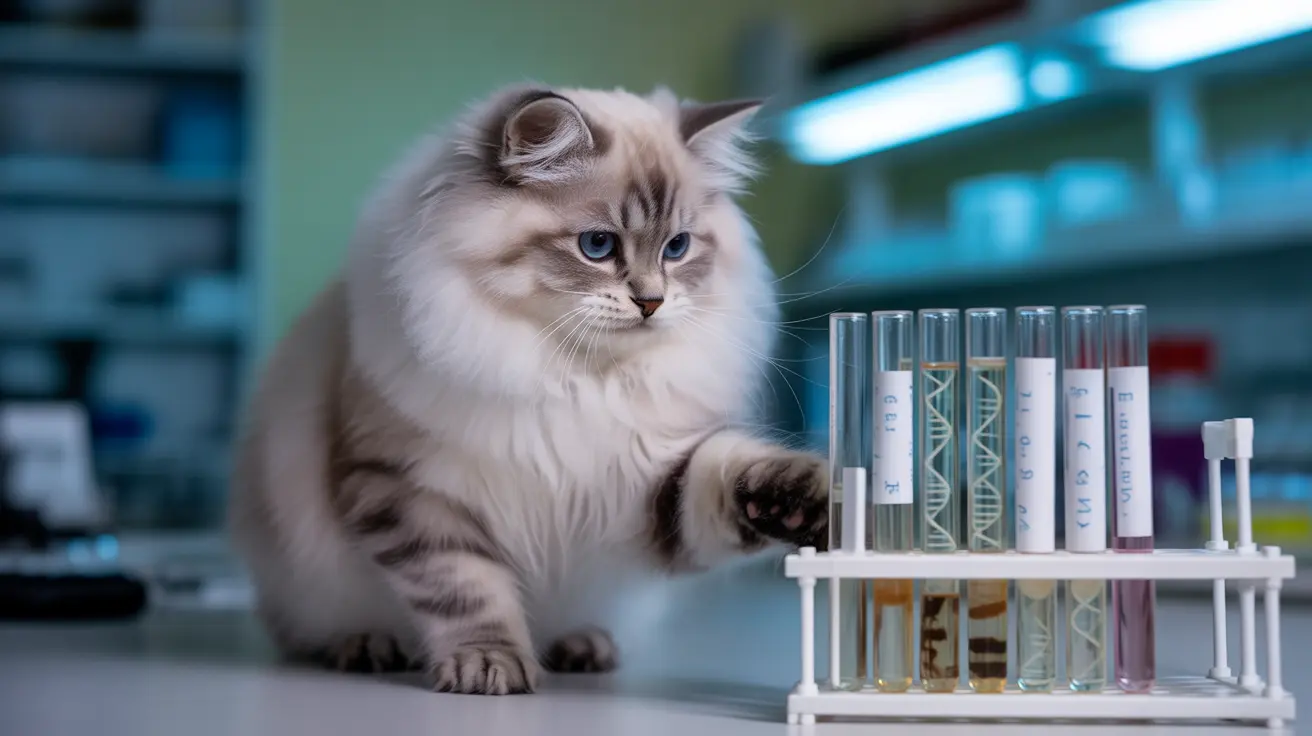The Ultimate Guide to Lifetime Cost of Owning Expensive Cat Breeds: What You Need to Know Before You Buy
When considering adding a feline companion to your family, the initial purchase price is just the tip of the iceberg. The lifetime cost of owning expensive cat breeds can range dramatically, with some breeds requiring investments that span decades and reach tens of thousands of dollars. Understanding these financial commitments is crucial for making an informed decision that ensures both you and your future feline friend will be happy and well-cared for throughout their lives.
While cats are known for their independent personalities—perhaps carrying a distant memory of being worshipped as gods in ancient Egypt—their care requirements and associated costs vary significantly between breeds. From the exotic Savannah cat that can cost upwards of $25,000 over its lifetime to more moderate breeds like the Russian Blue, each comes with unique financial considerations that extend far beyond the initial adoption or purchase fee.
Understanding the True Financial Commitment of Expensive Cat Breeds
The lifetime cost of owning expensive cat breeds encompasses much more than the initial purchase price. While a Savannah cat might cost between $1,200 and $25,000+ initially, the total lifetime investment includes food, grooming, veterinary care, insurance, and breed-specific requirements that can accumulate to substantial amounts over 15-20 years.
Most expensive cat breeds command high prices due to their rarity, unique genetics, exotic appearance, and breeding challenges. These same factors often translate into higher ongoing costs throughout their lives. For instance, hybrid breeds like the Ashera, which can cost between $75,000 and $150,000 initially, combine African serval, Asian leopard cat, and selective domestic cat genetics, creating unique care requirements and potential health considerations.
Top 10 Most Expensive Cat Breeds: A Detailed Cost Analysis
The Ashera: The Ultimate Luxury Cat ($75,000-$150,000)
The Ashera stands as the most expensive cat breed documented, with some specimens reaching up to $150,000. This hybrid breed combines African serval, Asian leopard cat, and selective domestic cat breeds, creating cats that can reach up to 40 pounds. The extraordinary initial cost is just the beginning—these cats require significant space to roam, specialized nutrition for their large size, and often legal permits due to their exotic genetics.
Savannah Cats: Wild Beauty with Premium Costs ($1,200-$25,000+)
Savannah cats, hybrids between African wild cats (servals) and domestic cats, represent one of the most expensive breeds to maintain over their lifetime. With their spotted coats, energetic and intelligent nature, and impressive size with long legs and tall stature, Savannahs require specialized care. Many jurisdictions require permits due to their wild ancestry, adding legal compliance costs to ownership.
Khao Manee: Thai Royalty ($7,000-$11,000)
Originating from Thailand, Khao Manee cats were historically considered royal cats with a reputation for good luck. These rare cats feature pure white coats and bright eyes, with a short, smooth coat and athletic build. While their grooming needs are moderate, their rarity ensures high initial costs and potentially higher veterinary expenses due to limited breeding pools.
Bengal Cats: Wild Patterns, Domestic Hearts ($1,000-$5,000)
Bengal cats showcase wild-looking, spotted coats paired with muscular, agile builds. These cats require plenty of mental and physical stimulation and form strong bonds with their owners. Their active nature can lead to higher food costs and potential for adventure-related veterinary visits, while their unique coat patterns maintain their high market value.
Persian Cats: Luxury Requiring Dedication ($1,000-$5,500)
Persian cats, with their long, luxurious coats and distinctive flat faces, are gentle and affectionate but come with significant ongoing costs. They require daily grooming to prevent matting and regular veterinary care due to common health issues like kidney disease and urinary tract infections. The combination of high maintenance grooming and potential health complications makes Persians expensive to maintain throughout their 12-17 year lifespans.
Factors That Drive Lifetime Costs Higher
Specialized Veterinary Care and Health Predispositions
Many expensive cat breeds are more prone to hereditary health issues such as hypertrophic cardiomyopathy, polycystic kidney disease, and other genetic conditions. These predispositions necessitate regular health check-ups, specialized treatments, and sometimes ongoing medication, significantly impacting lifetime costs. Pet insurance becomes not just recommended but often essential for managing these potential expenses.
Grooming and Maintenance Requirements
Breeds like Ragdolls, known for their cartoonishly fluffy coats and sweet, laid-back personalities, require regular professional grooming due to their shedding and coat maintenance needs. Similarly, hairless breeds like the Sphynx need regular baths and specialized skin care products, creating ongoing expenses that more low-maintenance breeds don't require.
Size and Nutritional Needs
Larger breeds such as Maine Coons, recognized as gentle giants that can weigh 15-25 pounds, naturally consume more food throughout their lives. When combined with lifespans that can exceed 15 years, the cumulative food costs become substantial. Additionally, some breeds require specialized diets to maintain their coat quality or manage breed-specific health concerns.
The Hidden Costs: Legal and Environmental Considerations
Certain breeds, particularly hybrids like Savannah cats and African Servals, may require extensive permits and paperwork for legal ownership. African Serval cats, true wild cats with spotted coats, typically require extensive permits due to their status as exotic pets. These legal requirements can involve application fees, annual permit renewals, and compliance with specific housing and care standards.
Some exotic breeds may also require specialized living environments, such as secure outdoor enclosures or climate-controlled spaces, adding infrastructure costs to the lifetime ownership expense. These environmental modifications represent significant one-time investments that must be factored into the total cost of ownership.
Making Smart Financial Decisions: Adoption vs. Purchase
While purebred cats from reputable breeders command premium prices, adoption can offer loving pets without the premium costs. Rescue organizations often have purebred or purebred-mix cats available at fraction of breeder prices, though specific expensive breeds may be rare in shelters. However, adopted cats still require the same ongoing care costs as purchased ones.
Potential owners should consider that regardless of initial acquisition cost, any cat can incur significant veterinary expenses throughout their lifetime. The joy of cat ownership stems from the love and companionship cats provide, regardless of breed or price, but financial preparedness ensures you can provide the best care possible.
Budgeting Strategies for Expensive Cat Breeds
Successful ownership of expensive cat breeds requires careful financial planning. Consider establishing a dedicated pet emergency fund, researching pet insurance options before problems arise, and budgeting for regular preventive care. Many breeds have lifespans ranging from 10 to 20 years, making long-term financial planning essential.
Understanding breed-specific needs before purchase helps avoid unexpected costs. For example, British Shorthairs, with their dense coats and round faces, are relatively low-maintenance compared to Persians, while Oriental Shorthairs with their large ears and energetic nature may require more mental stimulation and interactive toys.
Frequently Asked Questions
What is the most expensive cat breed to own over its lifetime?
The Ashera is the most expensive cat breed to own, with initial costs reaching $75,000-$150,000 and additional lifetime expenses for their specialized care needs, large size requiring more food, and potential legal requirements for exotic pet ownership.
How much should I budget annually for an expensive cat breed?
Annual costs for expensive cat breeds typically range from $2,000-$5,000, including food, routine veterinary care, grooming, and insurance. Breeds with special health predispositions or grooming needs may require higher annual budgets.
Are hybrid cats like Savannahs legal to own everywhere?
No, Savannah cats and other hybrid breeds may require permits due to their wild ancestry. Legal requirements vary by location, with some jurisdictions prohibiting ownership entirely while others require special licenses and compliance with exotic pet regulations.
Do expensive cat breeds live longer than other cats?
Lifespan varies by breed rather than price, with most cats living 10-20 years. Some expensive breeds like Scottish Folds can exceed 15 years with proper care, while others may have shorter lifespans due to genetic health issues common in their breeding lines.
Is pet insurance worth it for expensive cat breeds?
Pet insurance is highly recommended for expensive cat breeds, as many are prone to hereditary health issues like hypertrophic cardiomyopathy and polycystic kidney disease. Insurance helps manage unforeseen medical costs that can be substantial for breeds with genetic predispositions.
What ongoing costs should I expect beyond food and basic vet care?
Additional costs include specialized grooming for long-haired breeds, premium nutrition for larger cats, potential permit fees for exotic breeds, climate control for temperature-sensitive cats, and enhanced security measures for valuable breeds.
Can I reduce costs by adopting instead of buying from a breeder?
Yes, adoption typically costs significantly less initially, though rare expensive breeds are uncommon in shelters. However, ongoing care costs remain the same regardless of acquisition method, and any cat can incur significant veterinary expenses throughout their lifetime.
Conclusion
The lifetime cost of owning expensive cat breeds represents a significant financial commitment that extends far beyond the initial purchase price. From the $150,000 Ashera to more moderate expensive breeds, each comes with unique care requirements, health considerations, and ongoing expenses that can accumulate to substantial amounts over their 10-20 year lifespans. Understanding these costs upfront ensures you can provide the specialized care these remarkable breeds deserve while avoiding financial strain.
Whether you choose to invest in a rare purebred or find a loving companion through adoption, the key to successful cat ownership lies in thorough preparation and realistic budgeting. These extraordinary breeds offer unique personalities and characteristics that can bring decades of joy, but they require owners committed to meeting their specific needs throughout their lives.






